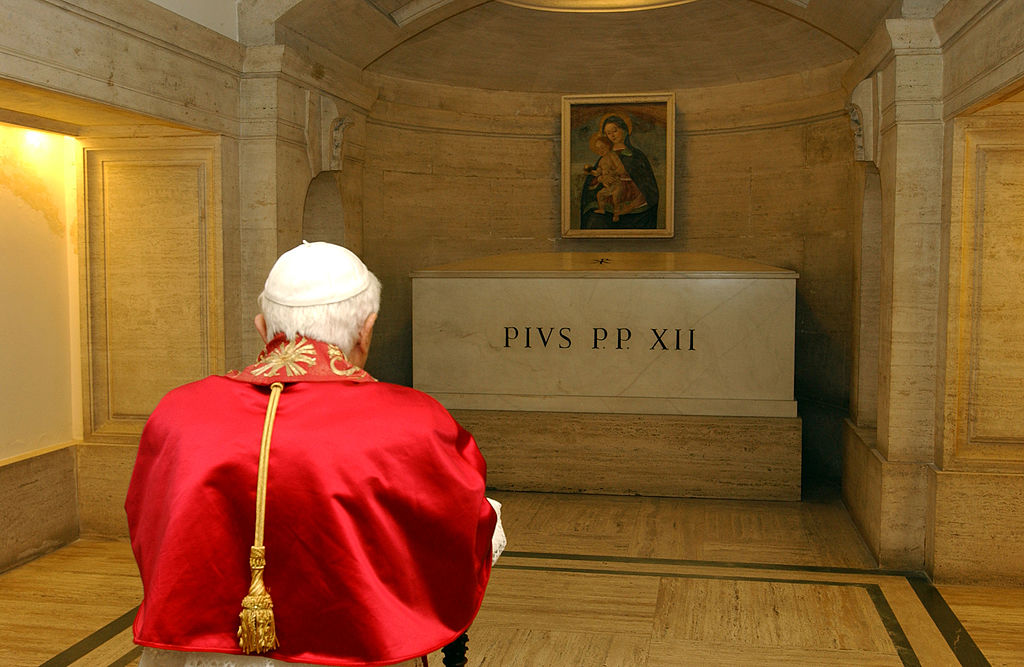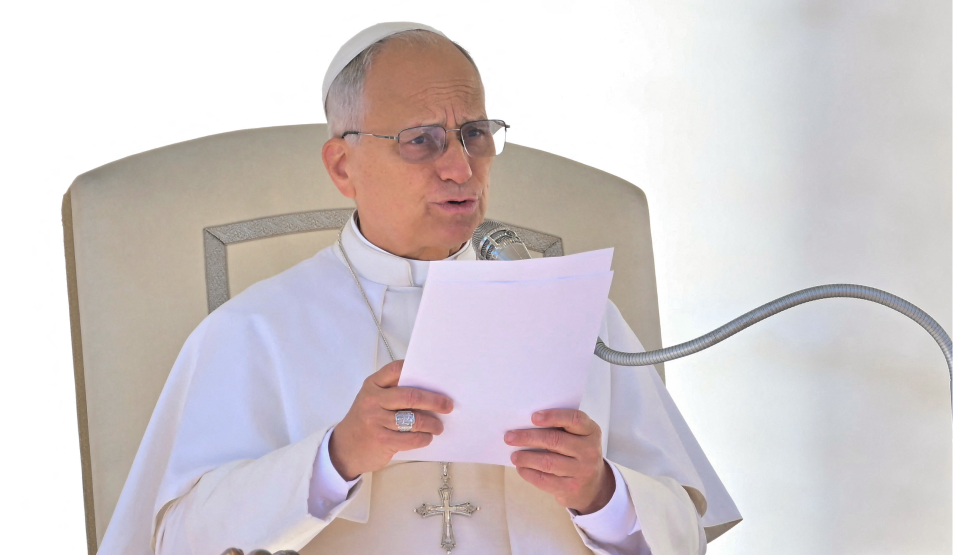When Cardinal Blase Cupich moved to bestow a lifetime “Keep Hope Alive” award upon Senator Dick Durbin, a legislator who has supported abortion, the “Cupichgate” scandal quickly crystallised into a vivid moral puzzle for American Catholics: Why, many asked, would a shepherd honour one whose public record on the most elemental question of human life sits at odds with Church teaching?
The affair only intensified when Senator Durbin, bowing to the pressure of episcopal and lay protest, declined the accolade while Pope Leo XIV intervened publicly, appearing to argue – in a way that could be interpreted that his points were also addressed to the critics of Cupich and Durbin – that someone who opposes abortion yet endorses the death penalty “is not really pro-life”.
I must admit that I disagree with His Holiness on this issue and with the fact that there is something modestly scandalous, it appears, in admitting that one can defend the death penalty and yet remain a faithful son or daughter of the Church.
We live in an era that prizes feeling above reasoning and sentiment above sober moral deliberation; and yet the Catholic tradition has long treated the question of the death penalty with a gravity that refuses facile softness. The case for capital punishment is not a celebration of bloodshed but a careful attempt to hold mercy and justice together, so that neither devours the other.
Consider first the scriptural side to capital punishment. St. Paul, appearing before Roman authority, says plainly, “If I have injured them, or have committed any thing worthy of death, I will not resist death” (Acts 25:11). The Apostle’s tone is not defiant but measured: certain crimes are such that death may be a fitting consequence.
Romans 13 is equally unambiguous that there is “no power but from God”, and rulers are God’s ministers “to execute wrath upon him that doth evil”. The State, in bearing the sword, does not act as a private avenger but as an instrument of public order ordained by God. And the Saviour’s own language can be stark; when He says of one who causes a little one to sin that it would be better to have a millstone hanged about his neck and be drowned (Matthew 18:6), He is not indulging cruelty but insisting upon the gravity of certain offences.
If scripture lays down principles, the pontiffs of our faith have carried them forward with consistent clarity. Pope St. Pius X affirmed in his catechism that it is “reserved to the public authority to deprive the criminal of the benefit of life when already, by his crime, he has deprived himself of the right to live”.
Pope St. Pius V taught in the Roman Catechism that “another lawful slaying belongs to the civil authorities, to whom is entrusted power of life and death; they punish the guilty and protect the innocent”. Furthermore, Pius XII, in 1955, reminded the faithful that capital punishment “is in line with what the sources of revelation and traditional doctrine teach about the coercive power of legitimate human authority”, and warned against reducing past teaching to mere cultural artefact. To dismiss these words as mere historical detritus is to misunderstand how the Church reads truth through time.
History, too, provides a peculiar mirror. Giovanni Battista Bugatti, known in Rome as Mastro Titta, became the official executioner for the Papal States at the age of seventeen in 1796 and served in that grim office for decades under Popes Pius VI, Pius VII, Leo XII, Pius VIII, Gregory XVI and Pius IX. He performed well over five hundred executions at the Via dei Cerchi, sometimes by axe, sometimes by guillotine, sometimes through more terrible rites, and famously offered snuff to those about to die.
The existence of a papal executioner is not an historical oddity to be gawked at; it is a fact that the papacy once exercised both the Keys and, in the temporal order, the Sword. That office was not a mark of tyranny but of a civilisation that recognised the moral seriousness of sin and the necessity for a final remedy.
Long before the executioner Bugatti, the Fathers and Doctors of the Church argued in similar veins. St. Clement of Alexandria proposed that for one who has fallen into “incurable evil” it may be for his good to be put to death; St. Ephraem prescribed death for those who destroy their offspring; Pope St. Innocent I insisted that the sword had been permitted by God for the punishment of the guilty; St. Augustine observed that capital punishment can protect the condemned from further deterioration into sin.
And then there is St. Thomas Aquinas, whose surgical reasoning anchors much of the Thomistic case: that the judge’s death penalty can profit the sinner if he is converted, and, if not, it at least puts an end to sin by depriving the sinner of the power to do further harm.
The Angelic Doctor goes further to say that, while killing a man is evil when he preserves his dignity, in the extreme case of a wicked man who is more harmful than a beast, it may be a lesser evil to remove him from the order of life. It is an austere mercy: to stop the rot.
Predictably, modern objections crowd the gate. “Capital punishment violates human dignity,” we are told. There is moral force to this protest, but fidelity to truth requires nuance. Church theologians, such as Saint Thomas Aquinas and Pius XII among them, have observed that a murderer, by his own act, has gravely wounded the moral order and has inflicted a unique violation of human dignity on his victim.
The claim is not that we may joyfully degrade persons, it is that through his crime one has forfeited the legitimate claim to continued life as a part of ordered society. Reparation, not destruction, remains the goal.
Others point to the judicial error of innocent men being executed. This tragic reality should prompt rigorous reform of courts, not an abdication of justice’s means. If wrongful convictions make us tremble, let them refine our procedures and fortify our safeguards. To abolish punishment because of its occasional abuse is to throw away the architect’s blueprint because a mason once erred.
If all of this sounds austere, it is because it is meant to be. The Catholic defence of capital punishment is not a boast but a sober prudence. It recognises that the point of punishment is not spectacle but the re-establishment of moral order; that mercy must inform justice, and justice must ground mercy.
A civilisation that refuses to wield the sword when justice, rightly understood, demands it, risks softening into sentiment and losing the moral clarity that keeps society whole.
Mercy without truth becomes indulgence; truth without mercy becomes cruelty. The Catholic tradition, in its best and deepest avowals, seeks to hold the two together with an austere love – one which judges where it must and forgives always where it can.
RELATED: Pope refuses to take sides in Senator Durbin award controversy
Photo: Pope Benedict XVI prays in front of the tomb of Pope Pius XII in the crypt of St. Peter's Basilica during the All Souls Day in Vatican City, 2 November 2005. (Photo by L'Osservatore Romano-Vatican-Pool/Getty Images.)








.jpg)







